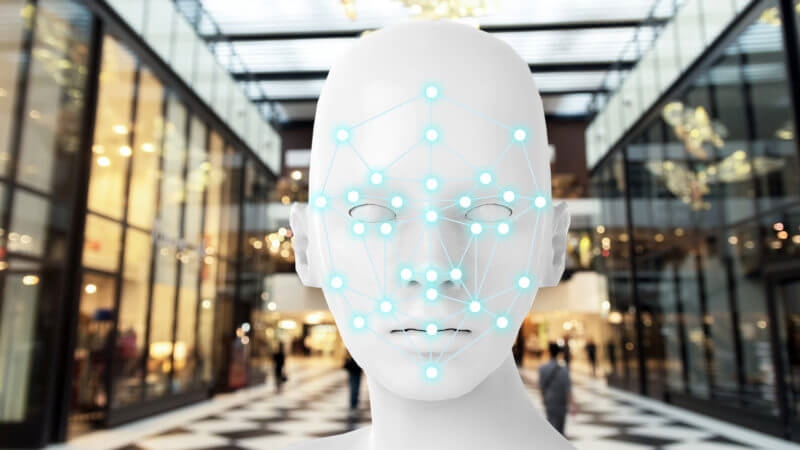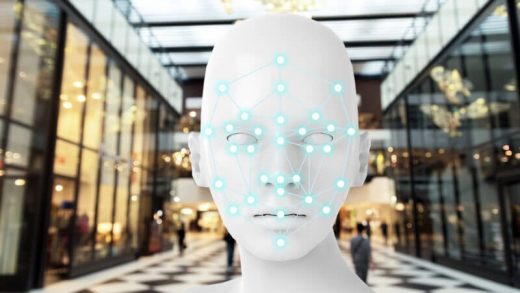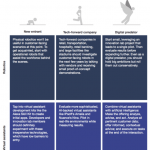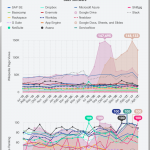The future of AI marketing applications in retail
From customer segmentation to virtual agents, columnist Daniel Faggella explores the ways artificial intelligence is reshaping retail marketing.

Over the past few years, e-commerce has been slowly and steadily transformed by artificial intelligence (AI). The world has watched Amazon go from bookseller to voice-activated, product-recommending, Internet of Things behemoth over the last 15 years, and — for many reasons — e-commerce has been an area of great AI adoption, particularly in marketing.
That being said, the retail space (which encompasses a much broader array of businesses beyond just e-commerce) often doesn’t get the same degree of limelight when it comes to AI use cases. I’ve set out to display some real use cases that highlight how and where AI is pushing the boundaries in the retail sector.
While the applications below are by no means a complete list, it serves as a nice general overview of the possibilities in this space, along with related startups and technology companies working on those specific applications.
We’ll begin with what is arguably one of the most import broad areas of AI retail marketing, segmentation.
Customer segmentation for AI in retail
Personalization is a key word when it comes to improving the shopping experience, and marketers are becoming much more savvy about using AI to collect data to create a more complete view of each customer. AgilOne is an example of how AI can help marketers optimize their communications as it continually learns from user behavior.
The technology is designed to integrate a wide range of customer data derived from multiple digital and physical channels. It uses the data to analyze and predict customer behavior, allowing marketers to fully understand their customers and engage with them in an authentic way.
Other companies expanding this technology include SiteZeus — technology which collects big data to make location-specific predictions, forecasts and decisions — and Sentient, which encourages users to have real-time conversations with virtual salespersons who adapt their products and inventory in real time to match customers’ changing preferences and needs.
AI solutions for customer segmentation will continue to become more and more sophisticated, allowing marketers to integrate vast amounts of data to make the customer journey more personalized, and more efficient. I’ve written in greater depth about the importance of personalization and segmentation in the future of AI and marketing in this previous MarTechToday article.
Image recognition
In the near term, machine vision may open a new array of possibilities for online consumers, such as allowing them to search for products using images. For example, if you need a new office chair, you could upload a picture of one you would like to buy, or even a picture of your desk and have a chair matched to it. You may also be able to use an image you found via Google search to help you find the product you desire.
Companies like CamFind are experimenting with image recognition. The app allows you to take a picture of any object, and the mobile visual search technology will tell you exactly what the object is, without your having to type in any questions or details.
Other companies developing machine vision for possible retail use include Tagalys, which uses image data tagging and image recognition engines to make product recommendations, and Findally, which uses image recognition and machine learning to turn images into text data.
Retail virtual agents
From chatbots to sophisticated systems that can interact with humans, this field of AI is bound to advance quickly in the near term, as it’s already showing many applications in the e-commerce industry. Chatbots are currently used in customer service and support but are also being developed to help customers make purchases.
Companies like Starbucks, Whole Foods, Pizza Hut and Staples are already working to implement chatbots to help facilitate customer purchases. As chatbot technology becomes more advanced, virtual agents will begin to build a more personal relationship with individual customers. While they do so, they can also track customer purchases, behavior and preferences. This information can then be integrated into a conversation to recommend products or services.
Other companies on the cutting edge of e-commerce virtual agents include Niki.ai, which is developing a personal shopping assistant chatbot that allows users to order products through chat, and BetterBrand’s Chatsuite, which claims to be the first chatbot of its kind. It allows marketers to develop and scale chat campaigns across multiple chat applications simultaneously.
It should be noted that chatbots and conversational interfaces extend beyond the marketing function for retail companies. Customer service and internal communications are other viable uses for this same AI capability.
AI for smart content
For businesses that want to attract visitors by sharing relevant, curated content but don’t know exactly what, when or where to post, AI is set to reshape the future of content marketing. Currently, marketers can use AI to generate simple content such as sports reports or stock updates. In the not-so-distant future, algorithms may be able to generate more complex content, using customer data to target individual users and provide them with more personalized content.
Developed with cognitive content in mind, Persado generates smart content by using precise words, phrases and images designed to engage customers by creating a specific emotional response. For example, marketers could use Persado to generate personalized marketing messages generated from vast amounts of user data.
Other companies focusing on the advancement of smart content include Narrative Science, whose natural language processing software collects and interprets data and uses the information to produce intelligent narratives tailored to a business’s specific needs. Boomtrain captures each customer’s interaction with a business and uses the data to generate personalized content across multiple channels. The technology is designed to help companies produce content to serve and engage individual readers.
There’s no room for complacency in retail, and the sector looks set to continue with innovation and investment in AI and machine learning. We’ve seen the number of companies in this space increase exponentially in the last 12 months, though only time will tell how many of them will still be around another three years from now. In the near future, we’re likely to see a more competitive and dynamic retail environment as online vendors strive to provide customers with a more personalized experience before their competitors do.
Some opinions expressed in this article may be those of a guest author and not necessarily Marketing Land. Staff authors are listed here.
Marketing Land – Internet Marketing News, Strategies & Tips
(58)













